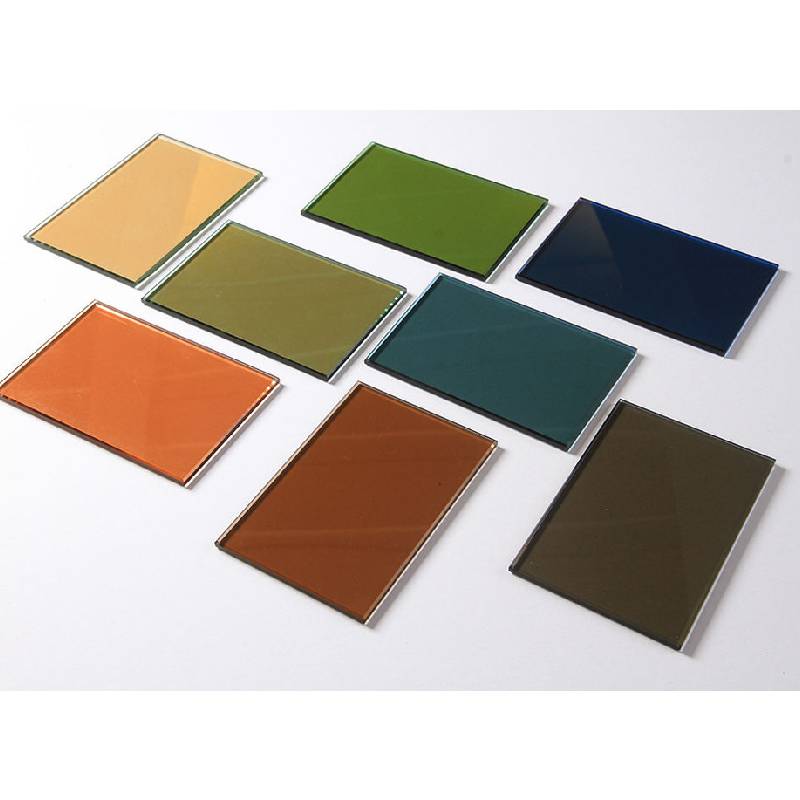

Understanding Clear Annealed Float Glass
Clear annealed float glass is a widely utilized material in the construction and manufacturing industries due to its unique properties and versatility. This type of glass is produced through a process known as the float glass process, where molten glass is floated on top of molten tin, resulting in a smooth, uniform thickness and high optical clarity.
One of the primary advantages of clear annealed float glass is its excellent transparency. It allows a high percentage of light to pass through while minimizing distortion, making it an ideal choice for windows, doors, and facades in buildings. Additionally, its clarity enhances the aesthetic appeal of structures by providing unobstructed views, which is particularly significant in commercial buildings, residential developments, and architectural designs that prioritize natural light.
Another important feature of clear annealed float glass is its thermally stable nature. The annealing process, which involves controlled cooling, alleviates internal stresses, thereby reducing the likelihood of breakage. This stability makes it suitable for various applications, from interior design to exterior cladding, as it can endure different environmental conditions without compromising its integrity.

However, clear annealed float glass is not without its limitations. While it possesses impressive qualities in terms of clarity and thermal stability, it does have lower strength compared to other glass types that have undergone tempering or lamination processes. As such, for applications where safety and resistance to impact are crucial, tempered glass or laminated glass may be more appropriate choices. Tempered glass is treated to increase its strength and shattering resistance, while laminated glass consists of a layer of PVB (polyvinyl butyral) that holds the glass together upon breaking, preventing shards from flying.
Moreover, the production of clear annealed float glass contributes to its environmental sustainability. The float glass manufacturing process is relatively efficient, and advancements in technology have led to the increase in the use of recycled glass as a raw material. This not only reduces waste but also lowers energy consumption during production.
In terms of maintenance, clear annealed float glass is relatively easy to clean and maintain its appearance over time. Regular cleaning with appropriate glass cleaners ensures that its clarity is preserved and any environmental stains are removed without damaging the surface.
In conclusion, clear annealed float glass offers a range of benefits that make it a staple material in various sectors. Its remarkable clarity, thermal stability, and aesthetic appeal make it highly preferred in architecture and design. While it has some limitations regarding strength, its sustainable production practices and ease of maintenance add to its attractiveness as a building material. Whether used in residential homes or commercial structures, clear annealed float glass continues to play a significant role in modern construction, contributing to both functionality and beauty.